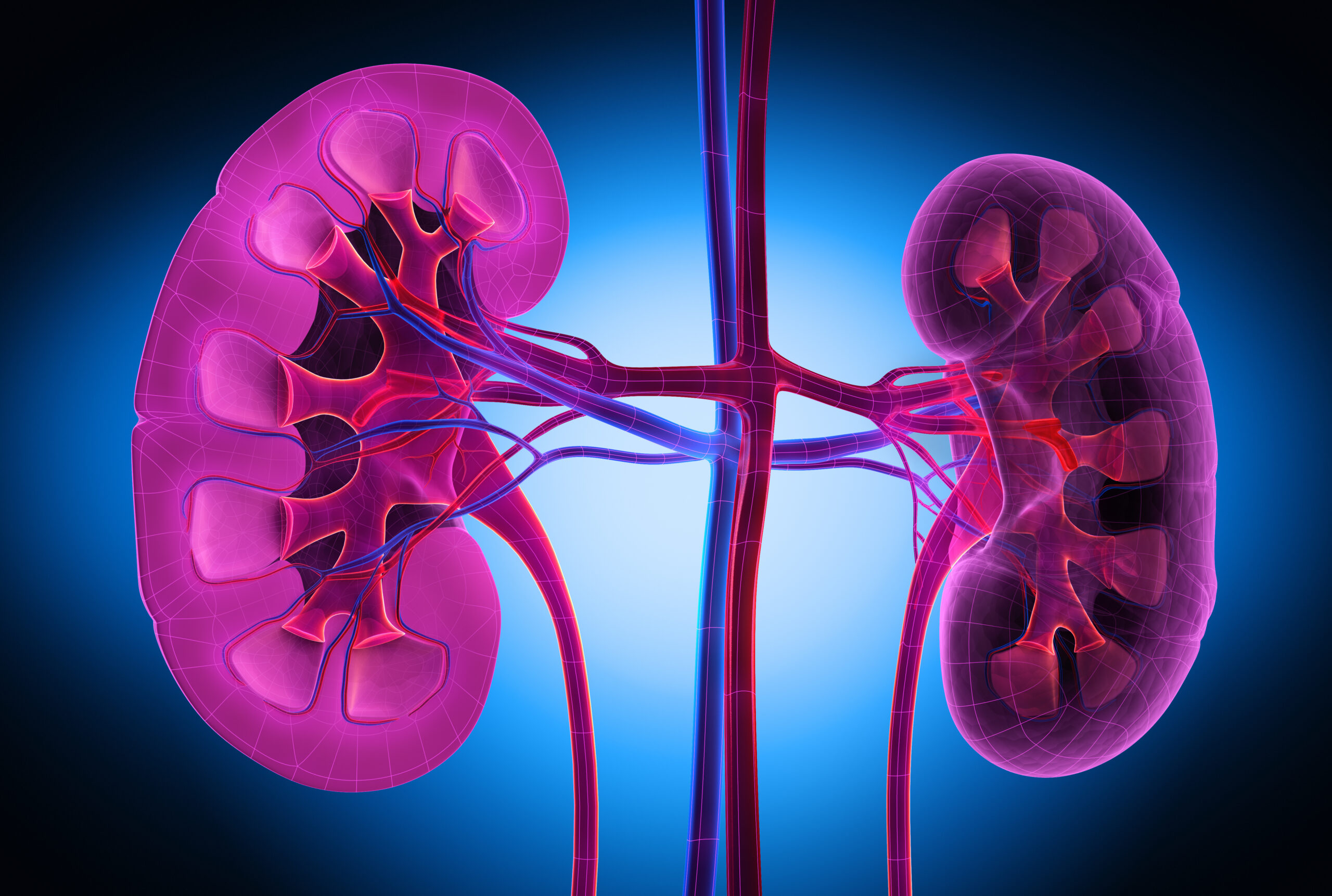Safety of Pain Medication for Patients with Kidney Problems
October 27, 2022
Patients with chronic kidney disease (CKD) can face a variety of physical symptoms and psychological stress associated with long‐term illness, including pain, numbness in the extremities, and depression5. Pain is one of the most common complaints in clinical settings. However, treatment can be highly complex due to the narrow margin between pain relief and drug toxicity from impaired metabolism and excretion by the kidneys and increased drug accumulation in the body1,3,5. Currently, few effective treatment options are available for renal patients due to their diminished kidney function and comorbidities, which increases symptom burden and diminish their quality of life3,6. Given the unfavorable effects of improperly treated symptoms, a comprehensive symptom management plan is needed for optimum chronic kidney disease patient care. At the same time, the plan must consider the safety of various pain medications in the context of kidney problems.
Current pain management for patients with kidney problems focuses on a multidisciplinary approach, including medications, to treat renal disease, comorbidities, and associated symptoms3. The proper selection of pain medication is contingent upon a precise assessment of its cause, duration, severity, and, if feasible, pathophysiology5. Pain medications such as nonsteroidal anti-inflammatory medications (NSAIDs) or acetaminophen are often used as the first choice to treat minor acute pain5. While acetaminophen has been considered the safest non-narcotic pain medication in chronic kidney disease patients, it should be used with caution. It is noted that ongoing high-dosage use of over-the-counter NSAIDs causes acute and chronic kidney injury4,5. Commonly prescribed opioid pain medications are often improperly prescribed or misused due to dosing limitations for patients with kidney problems5. Advanced CKD patients may retain active or toxic metabolites of routinely used opioids, causing substantial central nervous system depression, respiratory depression, and hypotension5. Dose reduction for many opioids should be considered in patients with impaired renal function5.
As CKD progresses, patients are more likely to be prescribed drugs with known adverse interactions with renal function, which is a significant cause of kidney damage, due to the need to more aggressively treat symptoms1,4. However, adverse events from medical interventions can lead to poor levels of patient compliance3. Individuals with chronic kidney disease have reported suffering unfavorable consequences from the therapeutic polypharmacy requirement and an increased fear of drug‐related adverse effects3.
The nephrology community is starting to acknowledge chronic kidney disease pain as a serious health concern and advocate for pain management as a clinical and research priority to improve patients’ quality of life3,5. Chronic kidney problems can complicate drug dosage or the selection of medications5. Although NSAIDs might reduce pain, the danger they pose to the kidneys must be considered against the potential benefits2. Individual factors such as stage of CKD, age, presence of other medical diseases, and usage of other medications must be considered for an appropriate risk assessment1. Unfortunately, clinical research on the usefulness and safety of maintenance opioids, especially related to chronic pain treatment, is scarce2. More randomized controlled studies are urgently needed to test the efficacy of opioids and other medications for adequately managing pain in individuals with chronic kidney problems2. Since pain and its treatment in the chronic kidney disease population can contribute to various morbidities, prompt diagnosis and effective pain management are essential in this vulnerable group3,5.
References
- Baker, M., & Perazella, M. A. (2020). NSAIDs in CKD: Are They Safe?. American journal of kidney diseases : the official journal of the National Kidney Foundation, 76(4), 546–557. https://doi.org/10.1053/j.ajkd.2020.03.023
- Dolati, S., Tarighat, F., Pashazadeh, F., Shahsavarinia, K., Gholipouri, S., & Soleimanpour, H. (2020). The Role of Opioids in Pain Management in Elderly Patients with Chronic Kidney Disease: A Review Article. Anesthesiology and pain medicine, 10(5), e105754. https://doi.org/10.5812/aapm.105754
- Kim, K. H., Lee, M. S., Kim, T. H., Kang, J. W., Choi, T. Y., & Lee, J. D. (2016). Acupuncture and related interventions for symptoms of chronic kidney disease. The Cochrane database of systematic reviews, 2016(6), CD009440. https://doi.org/10.1002/14651858.CD009440.pub2
- Perazella M. A. (2018). Pharmacology behind Common Drug Nephrotoxicities. Clinical journal of the American Society of Nephrology : CJASN, 13(12), 1897–1908. https://doi.org/10.2215/CJN.00150118
- Pham, P. C., Toscano, E., Pham, P. M., Pham, P. A., Pham, S. V., & Pham, P. T. (2009). Pain management in patients with chronic kidney disease. NDT plus, 2(2), 111–118. https://doi.org/10.1093/ndtplus/sfp001
- Rao, S. R., Vallath, N., Siddini, V., Jamale, T., Bajpai, D., Sancheti, N. N., & Rangaswamy, D. (2021). Symptom Management among Patients with Chronic Kidney Disease. Indian journal of palliative care, 27(Suppl 1), S14–S29. https://doi.org/10.4103/ijpc.ijpc_69_21
- Wu, J., Ginsberg, J. S., Zhan, M., Diamantidis, C. J., Chen, J., Woods, C., & Fink, J. C. (2015). Chronic pain and analgesic use in CKD: implications for patient safety. Clinical journal of the American Society of Nephrology : CJASN, 10(3), 435–442. https://doi.org/10.2215/CJN.06520714